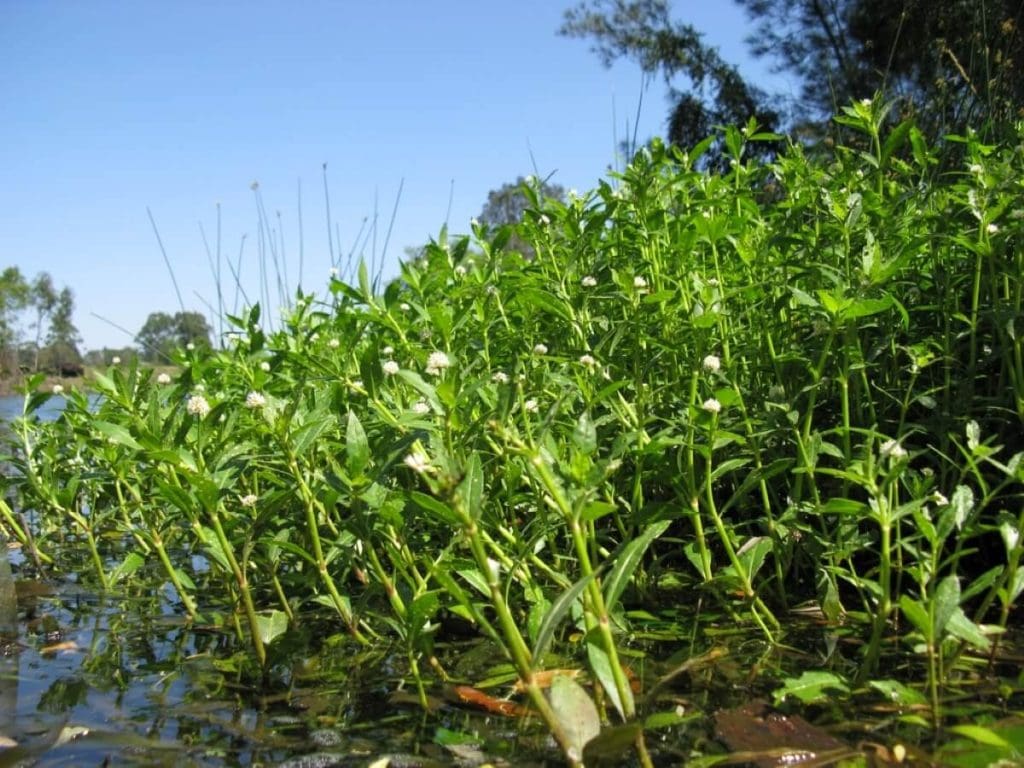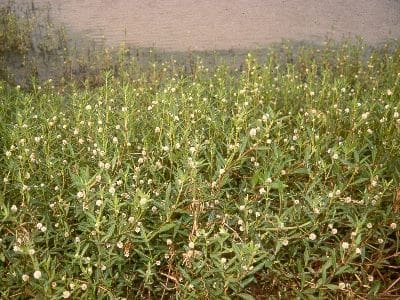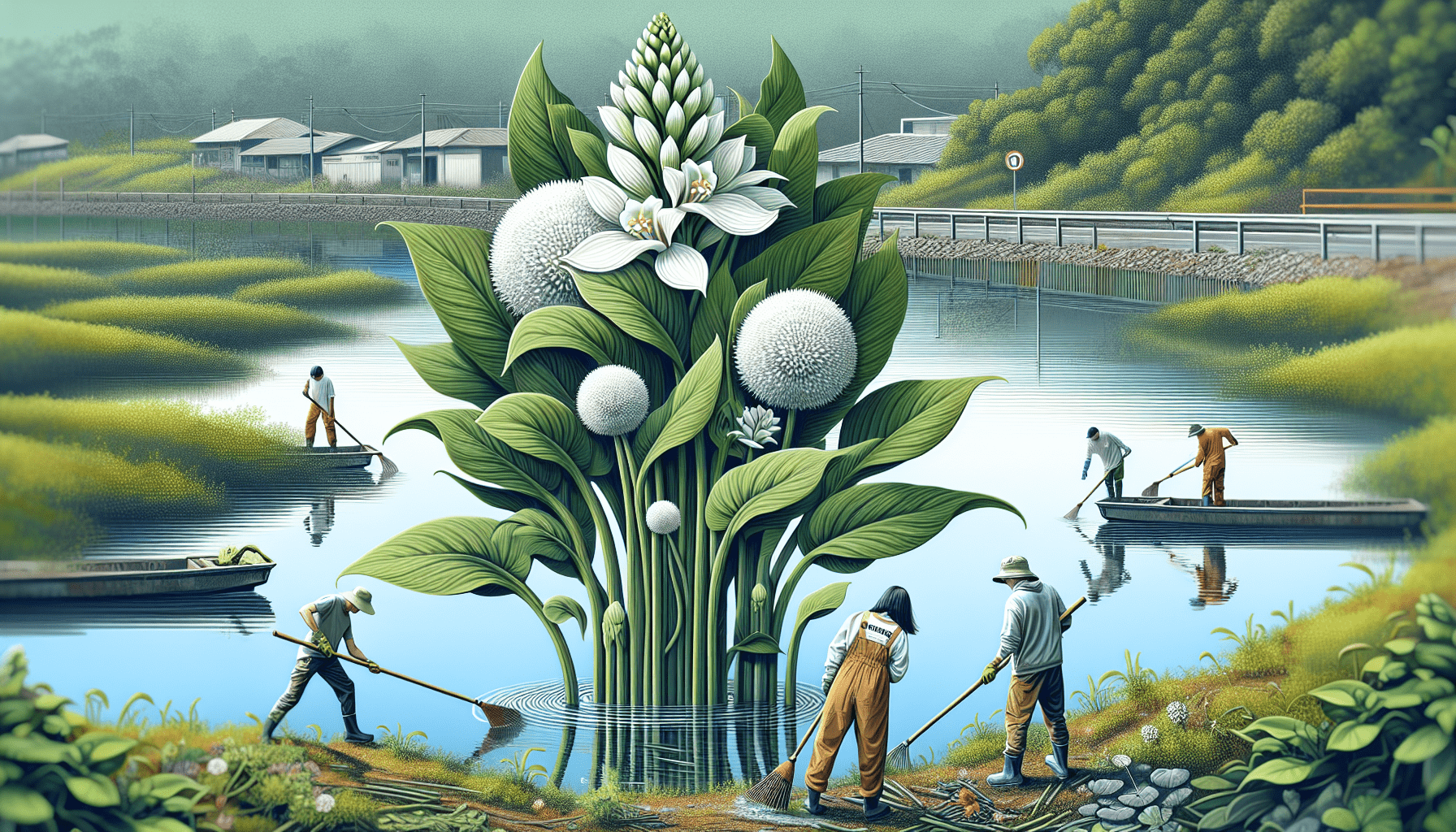Addressing the persistent issue of alligator weed in your community pond can be quite a challenge, but with the right approach and dedication, you can restore the natural beauty of this vital water resource. In “How To Effectively Remove Alligator Weed From Your Community Pond,” you’ll discover practical, step-by-step strategies to tackle this invasive species. You’ll learn about various methods ranging from manual removal to environmentally-friendly chemical treatments, and how to maintain a weed-free pond in the long term. With this guide, you’ll be well-equipped to lead your community in preserving the health and aesthetics of your shared pond.
How To Effectively Remove Alligator Weed From Your Community Pond
Have you noticed a fast-spreading, bushy weed taking over your community pond and wondered what it is or how to get rid of it? If so, you might be dealing with alligator weed, a persistent and invasive aquatic plant that can wreak havoc on local ecosystems if left unchecked.
Alligator weed is notorious for its ability to quickly dominate water bodies, outcompeting native plants and altering habitat conditions for aquatic life. Thankfully, there are effective methods to control and eradicate alligator weed, bringing balance back to your beloved pond. Let’s dive into how you can successfully remove this invasive species from your community pond, ensuring a healthier environment for all.

Understanding Alligator Weed
Before diving into the removal process, it’s crucial to understand what you’re dealing with. Recognizing alligator weed and knowing its biological traits will equip you with the knowledge needed to combat it effectively.
What is Alligator Weed?
Alligator weed (Alternanthera philoxeroides) is an aggressive perennial plant native to South America. It thrives in aquatic environments like ponds, lakes, and slow-moving streams, but you can also find it on land, indicating its versatile nature.
Here are some key features to help you identify alligator weed:
- Leaves: Long, lance-shaped leaves around 2-4 inches in length.
- Stems: Hollow, segmented stems that can form thick mats.
- Flowers: Small, white, and clustered into ball-shaped heads.
- Growth Habit: Can grow over water surfaces or along shorelines, quickly forming dense, tangled masses.
Why is It Problematic?
Alligator weed poses several problems:
- Outcompetes Native Plants: Dominates local flora, reducing biodiversity.
- Alters Aquatic Ecosystems: Thick mats can deplete oxygen levels in water, harming fish and other aquatic animals.
- Clogged Waterways: Can obstruct water flow, affecting irrigation and drainage systems.
- Economic Impact: Managing and removing alligator weed can be costly, especially if it becomes widespread.
Knowing the impacts makes it more apparent why swift and effective management is vital.
Prevention Methods
Prevention is always better than cure. The best way to deal with alligator weed is to prevent its establishment in the first place. Here are some preventative measures:
Regular Monitoring
Frequent monitoring of your community pond can help you catch any early signs of alligator weed. Regular checks ensure that any infestations are identified and tackled before they become serious problems.
Educating the Community
Awareness is key. Educating the people in your community about how to identify and report alligator weed can be incredibly effective. Consider organizing workshops, sending newsletters, or putting up informative boards around the pond.
Cleaning Equipment
If the pond is used for recreational activities, make sure boats and other equipment are cleaned and inspected before they enter the water. This can prevent the accidental introduction of alligator weed from other water bodies.

Physical Removal Methods
Physical removal can be a labor-intensive but effective solution, especially for smaller infestations. Here are some physical removal techniques:
Hand Pulling
Hand pulling is feasible for small and recently established alligator weed patches. Here’s how to do it:
Steps:
- Identify the alligator weed patches.
- Wear protective gloves to avoid cuts or reactions to plant juices.
- Gently pull the plants, ensuring you remove all roots and rhizomes.
- Dispose properly: Collect all removed plants and dispose of them away from any water bodies to avoid re-infestation.
Mechanical Removal
For larger infestations, mechanical methods might be necessary. These include:
- Mowing: Cutting and removing the weed. This method is not very effective alone as it needs follow-up.
- Dredging: Using heavy machinery to remove weeds and the top layer of soil or sediment. It’s effective but expensive and can disturb the ecosystem.
Aquatic Vegetation Barriers
You can also use barriers to control the spread of alligator weed. These include installing silt curtains or aquatic plant barriers around the affected area to contain the weed while you work on removing it.
Biological Control Methods
Biological control involves using living organisms to control weed growth. This method requires careful planning but can offer long-term benefits.
Introducing Natural Predators
For alligator weed, the alligator weed flea beetle (Agasicles hygrophila) and alligator weed thrips (Amynothrips andersoni) are known natural predators:
Steps to Introduce Flea Beetles or Thrips:
- Consult local authorities: Check if biological control agents are permitted and available in your region.
- Source the predators: Obtain them from a reputable supplier or through government programs.
- Release: Introduce the beetles or thrips under controlled conditions.
- Monitor: Regularly check the progress and population dynamics to ensure they are having the desired effect.
Advantages and Disadvantages
| Advantages | Disadvantages |
|---|---|
| Eco-friendly, no chemical use | Not an immediate solution; takes time to see results |
| Can provide long-term control | Requires monitoring and potential reintroduction of predators |
| Supports the natural ecosystem balance | Risk of introduced species becoming invasive themselves |
Using natural predators can effectively reduce alligator weed over time, although patience and persistence are key for success.

Chemical Control Methods
In instances where physical and biological methods are insufficient or impractical, chemical control can be employed.
Herbicides
Specific herbicides are effective against alligator weed, such as glyphosate and 2,4-D amine. It’s crucial to use herbicides responsibly to avoid harming non-target species.
Steps to Use Herbicides:
- Identify the herbicide: Choose one that is recommended for aquatic environments and effective against alligator weed.
- Follow the label: Carefully follow the manufacturer’s instructions for dosage, application method, and safety precautions.
- Apply: Apply the herbicide directly to the foliage of the weed, ideally on a calm day to avoid drift.
- Monitor: Regularly check treated areas for new growth and reapply if necessary.
Safety and Environmental Considerations
When using herbicides, always consider the safety of the local ecosystem. Here are some tips:
- Use Targeted Treatments: Aim for only the infected zones to minimize collateral damage.
- Avoid Overuse: Excessive use can lead to chemical resistance and non-target damage.
- Protect Non-Target Species: Be cautious of nearby plants and animals, especially fish and amphibians.
Integrated Weed Management (IWM)
The most effective long-term strategy often involves integrating multiple control methods. By combining physical, biological, and chemical methods, you can tackle alligator weed from various angles.
Developing an IWM Plan
Steps to Create an IWM Plan:
- Assess the Situation: Determine the size and severity of the infestation.
- Set Goals: Identify clear, achievable goals for reducing or eradicating the weed.
- Choose Methods: Select a combination of physical, biological, and chemical methods that suit your community pond’s needs.
- Implement: Carry out the plan with the involvement of community members.
- Monitor and Adjust: Regularly check progress. Adapt and refine techniques as needed for optimal results.
By using an IWM approach, you ensure that alligator weed management is comprehensive and sustainable.

Engaging Your Community
Pond maintenance and weed management are best achieved through community effort. Here’s how to engage and involve your community:
Hosting Workshops and Training Programs
Organize educational sessions that teach residents about alligator weed identification, why it’s a problem, and how they can help manage it.
Creating Volunteer Groups
Forming a volunteer-based pond maintenance team can divide workload and establish a sense of community ownership. Volunteers can assist with monitoring, physical removal, and spreading awareness.
Partnering with Local Authorities
Collaborating with local environmental agencies or agricultural departments can provide additional resources and expertise. They may also offer support with funding or materials.
Communication Channels
Create clear communication channels through which community members can report sightings or issues related to alligator weed. This could be a dedicated email address, a phone hotline, or a social media group.
Long-Term Monitoring and Maintenance
Continued vigilance is necessary even after the alligator weed seems to have been removed. Ongoing maintenance ensures that the weed doesn’t re-establish.
Regular Monitoring Schedule
Establish a regular monitoring schedule to check for any signs of regrowth. Consistent inspection is essential for catching and addressing new growth early.
Continuous Community Involvement
Encourage community members to remain active participants in pond care. Celebrate successes and provide updates on the pond’s health to maintain engagement and interest.
Adaptive Management
Be open to changing strategies as needed. If a particular method isn’t working as well as hoped, don’t hesitate to try a different approach or seek advice from experts.
Conclusion
Dealing with alligator weed in your community pond may seem daunting, but with the right knowledge and strategies, it can be managed effectively. Understanding alligator weed characteristics, employing a combination of control methods, and engaging the community are vital steps toward restoring and maintaining the health of your pond. Remember, persistence and cooperation are key. By addressing the issue collectively, your community can enjoy a thriving, weed-free pond for years to come.
Now that you’re equipped with the information needed to effectively remove alligator weed, take the first step by assessing your community pond and implementing some of the strategies discussed. With a proactive and informed approach, you can make a meaningful impact on the health and beauty of your local environment. Happy pond management!
